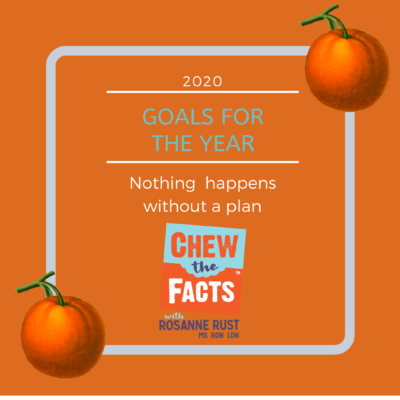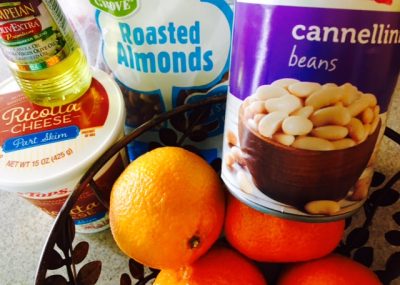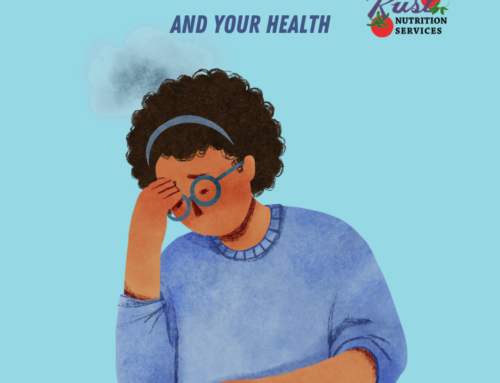Following a meal plan, and making a lifestyle change, is hard. It involves day to day thought and preparation, but once your actions become habits, it’s much easier. You probably see a lot of posts about the Keto diet, but it’s not for everyone (in fact, it’s only proven clinical application is for people with seizure disorders). Keto is hard to follow, and may not be healthy for the long term. For most folks, it’s not sustainable because it’s difficult to completely give up foods like fruit, bread, pasta, cereal, rice and potatoes. And there’s no reason to.

Healthy Eating Plan
The DASH Diet is similar to the Mediterranean Diet and both have been ranked as top diets for several years in a row by US News and World Report. This report is published every January, and DASH has remained in the top three for the past 9 years. The reason? It’s got good research behind it, and is sustainable (meaning, it’s healthy, balanced, and you can follow this diet for the long-term). The original clinical trials sought to show that DASH could lower blood pressure in people with hypertension (high blood pressure). It does! Bonus: it can help with weight control, diabetes, brain and kidney health.

Some examples of DASH Diet foods.
It’s often referred to as DASH “Diet” but in reality, it’s an eating plan. Rather think of it as “going on a diet”, try working on establishing small goals that lead to a DASH Lifestyle. Get started with these five simple goals.
5 Easy Ways to Create a DASH Eating Plan:
-
Add Dairy
- Try topping a slice of whole grain toast with 3 tablespoons of Ricotta cheese instead of butter or margarine.
- Make a simple smoothie using low fat milk, a half a banana, and a few strawberries.
- Enjoy a cup of Greek yogurt for your mid day snack. You can make your own yogurt parfait with low fat plain Greek yogurt, sliced fruit, granola, add a touch of cinnamon or maple syrup.
- Make your oatmeal with milk instead of water for a creamier texture, and a more nutrient-dense, higher protein breakfast with more potassium.
-
Eat some nuts
- Nuts are good for you, and they are part of the DASH eating plan.
- Chop some walnuts into a tossed green salad
- Add peanuts to a stir fry
- Enjoy nuts as a snack – they are high in calories, so just have about 15-20 almonds or a small handful of peanuts.
-
Add Omega-3s
- Use more oils in your cooking. Not larger amounts, just use oils more often. Canola and soybean oil are both high in omega-3 fatty acids.
- Add seeds, like flax seed, to your salads, or choose mixed grains cereals that include a variety of seeds and grains in them.
- Try salmon. Smoked salmon or fresh are both good sources. Try this recipe and find more in our books.
-
Reduce portions
- Your goal is to add fruits, vegetables, fish, and low fat dairy, and to cut back on portions of meat, low fiber starches, processed and other high sodium foods.
- Balance your plate so that half of it is veggies and salad, a fourth is grain, and a fourth is lean meat or other protein.
- Eat smaller portions of high sodium foods. Salt and sodium are factors in high blood pressure management. If you have high blood pressure, lower your sodium intake. Read labels for serving size and amount of sodium.
-
Add beans and other vegetables
- Beans are loaded with fiber, vitamins and minerals. For convenience you can use canned – look for low sodium, and always rinse the beans well in cool water before using.
- Use garbanzo beans or cannellini beans to make a quick dip.
- Add beans to sandwich wraps and salads at home.
- Order the veggie side dish or side salad when dining out.





I’m also struggling for a healthier me, I’ve even start running with SportMe marathon training app and I can say I’m on the right track now. Nutrition is an important part of my losing weight plan, and your blog posts are a true inspiration!